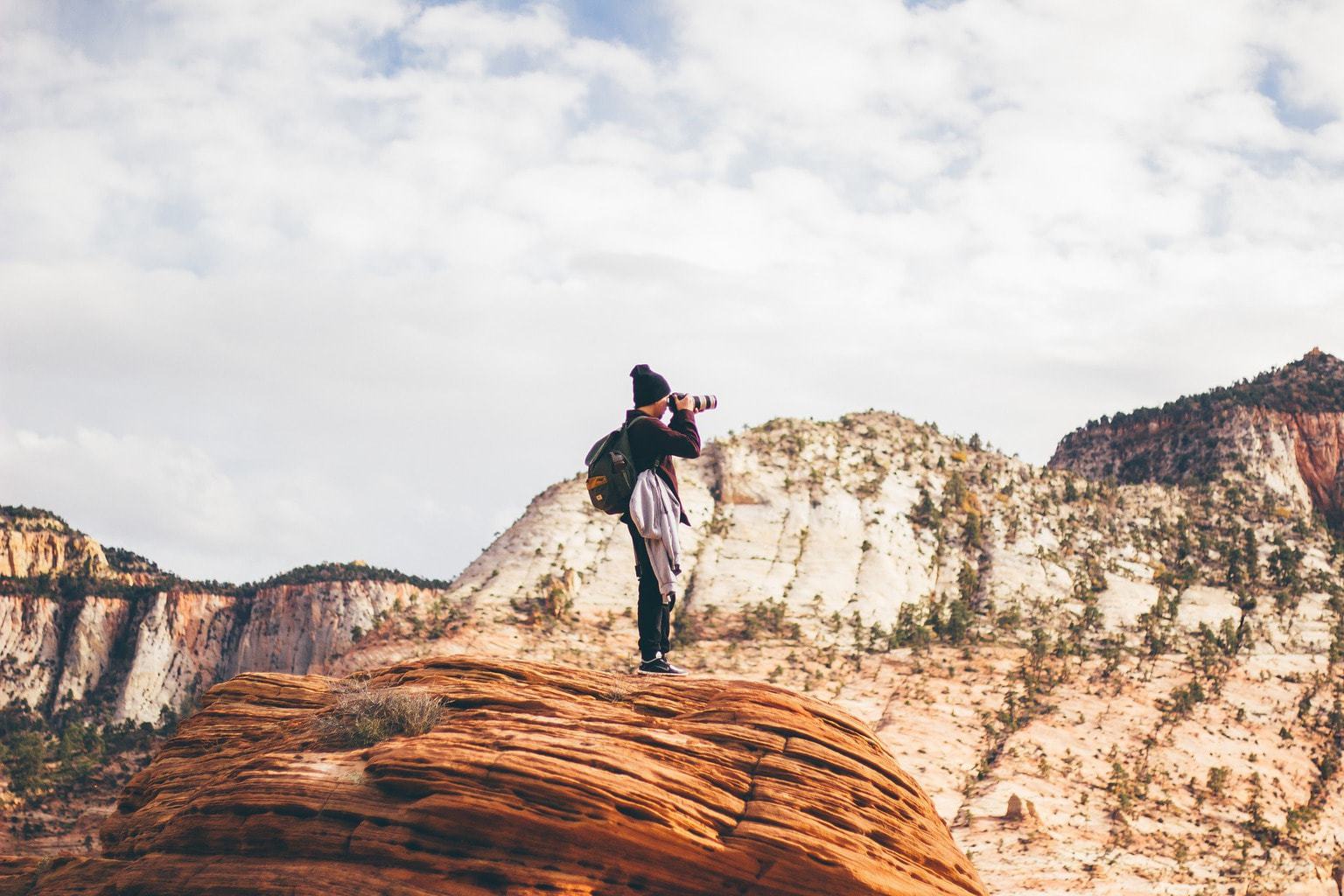said that “You don't take a photo, you make it”. You can see a wonderful mountain before you, take a photo of it and be as disappointed as a surfer without waves. However, you can have a most nondescript scene in front of you and achieve an impressive image if you know how to do it.
That is why today I am going to leave you some tips for photographing mountains, so that on your outings to the mountains, on your trips or on your photographic getaways you will know how to take a photograph of these geographical features and you will not stay only in the more-than-probable- Disappointing-act of taking a picture or boring the staff ;). And if what you want is to delve into nature photography, this is our most complete guide, with tips, tricks and lots of inspiration.
1. INCLUDE PEOPLE
It is not about making a portrait with the mountain in the background as if it were a tourist stating that he has been there. The protagonist is the mountain, so the person you include will serve to create a dimension scale, that is, to show the real size of the great rock, since if there is no reference, the public will not be able to guess its size. Including people also adds interest to the image, the viewer will feel more identified and, therefore, attracted.
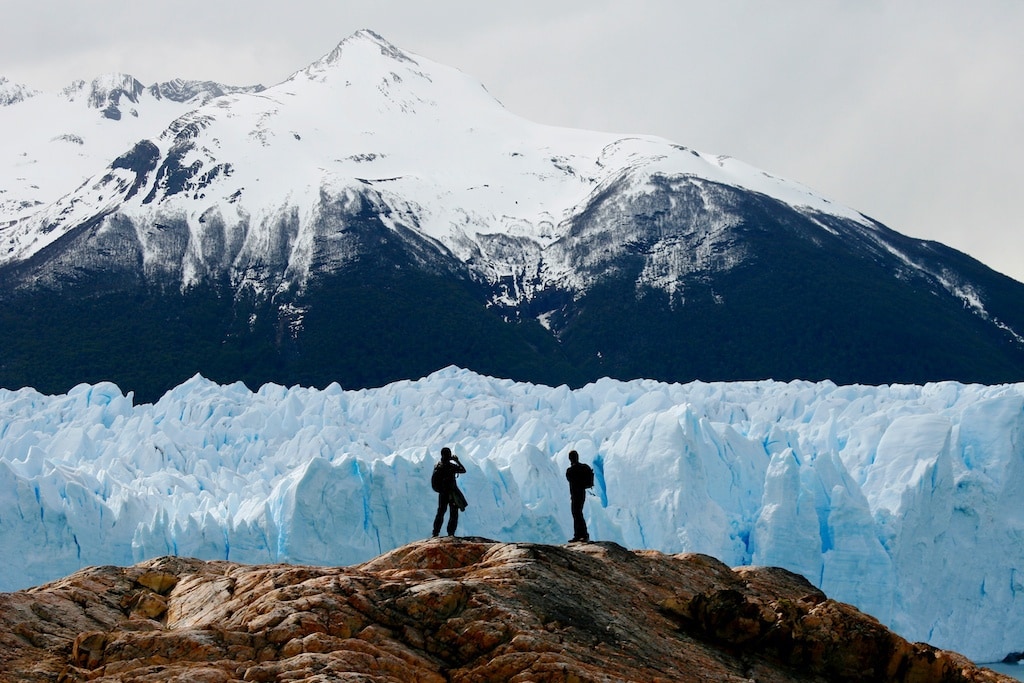
2. LINES
If you don't already know, lines are a great compositional resource that you will not only find in architecture and cities, they are also present in nature. They help to order the composition, to guide the gaze, to create sensations. Include them in your mountain photography and you will see how the image becomes more attractive to the eye of the beholder. You can carry out the test, photograph a mountain without further ado and photograph it including some lines that guide the viewer to a point of interest, or to the rock itself.
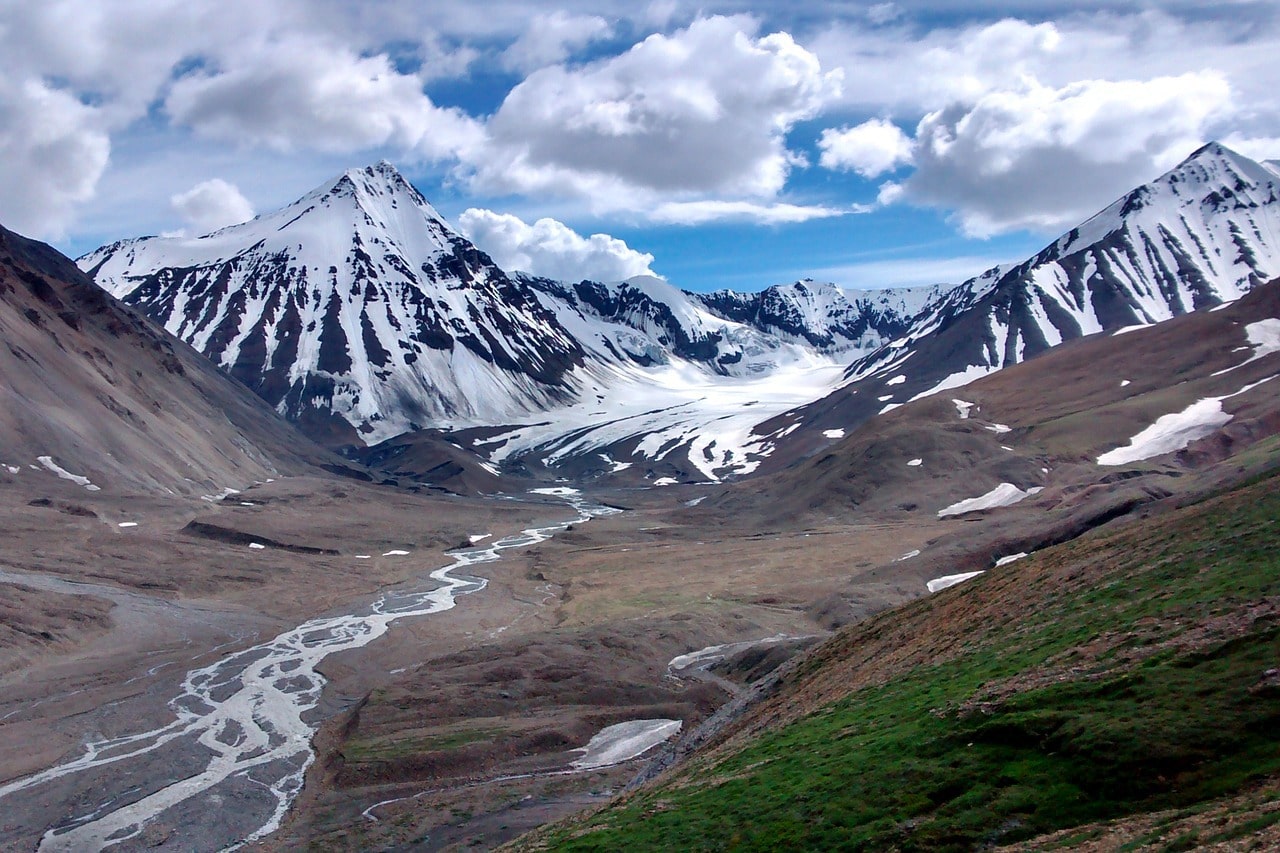
3. DIAGONAL
And speaking of lines , I have to remember that there are different types of lines and that each one causes different sensations. The most powerful lines in a mountain landscape are the diagonals and the "S" that I will tell you about below. Including a diagonal line in a mountain photograph is to cause tension and strength in the image that you will hardly get with other types of lines.
If you also include people ascending or descending this diagonal, you will be able to manage the feelings of the public at will. I tell you, it is not the same emotion or the same tension that occurs when someone ascends. The effort, the fatigue and the fact that we still have to reach the finish line, do not convey the same feeling as a more relaxed and calm descent.
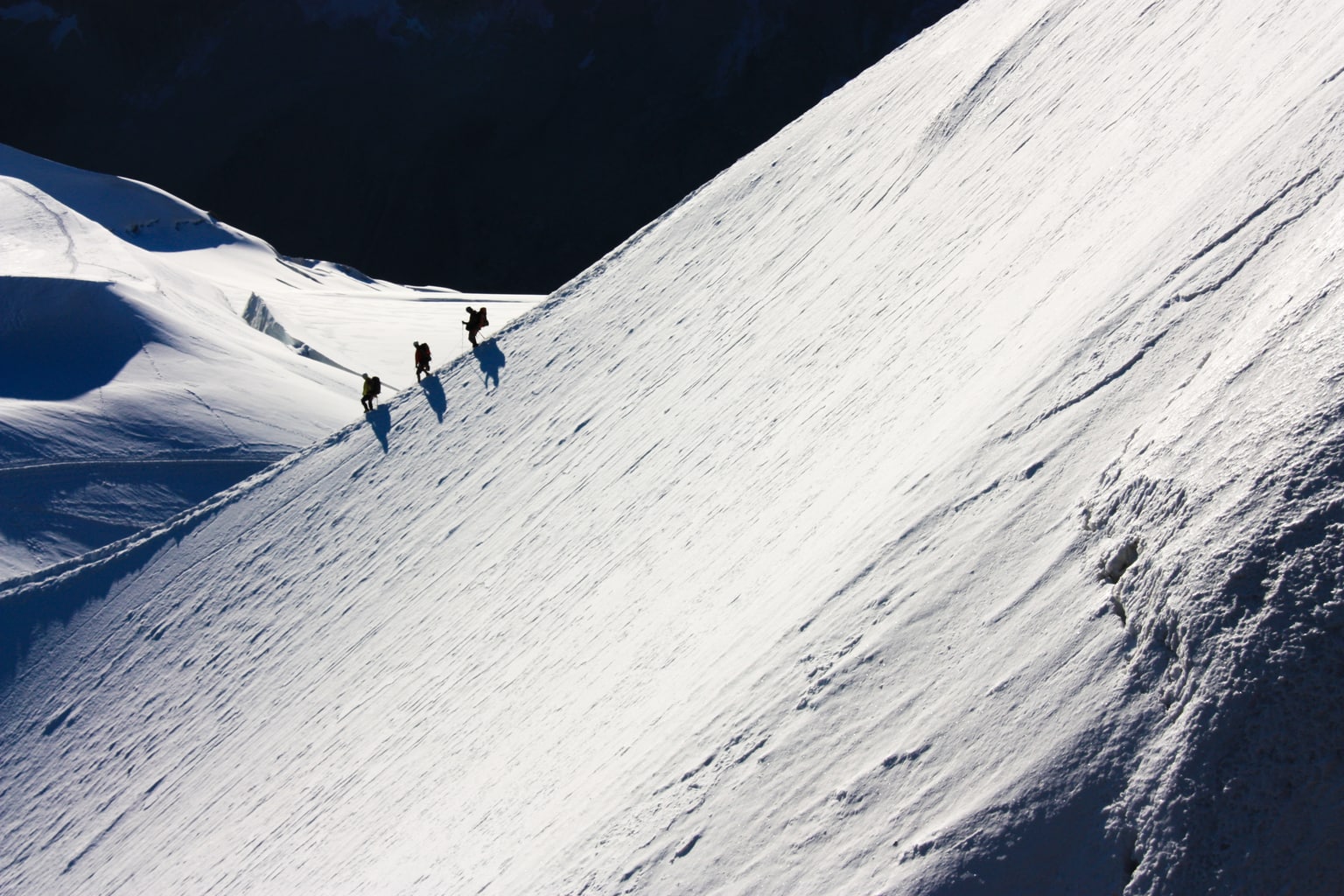
4. INCLUDE AN "S"
The curved line or, rather, the double curved line, the one that forms an "S" is very seductive . It is widely used in landscape photography, using paths, highways, rivers or streams, marks in crop fields or even the drawing of the mountains. The “S” alone brings beauty to the image. Sometimes its presence will be very evident, other times it will be more subtle, but in one way or another, it works. Try it, you will see how this trick does not disappoint you .
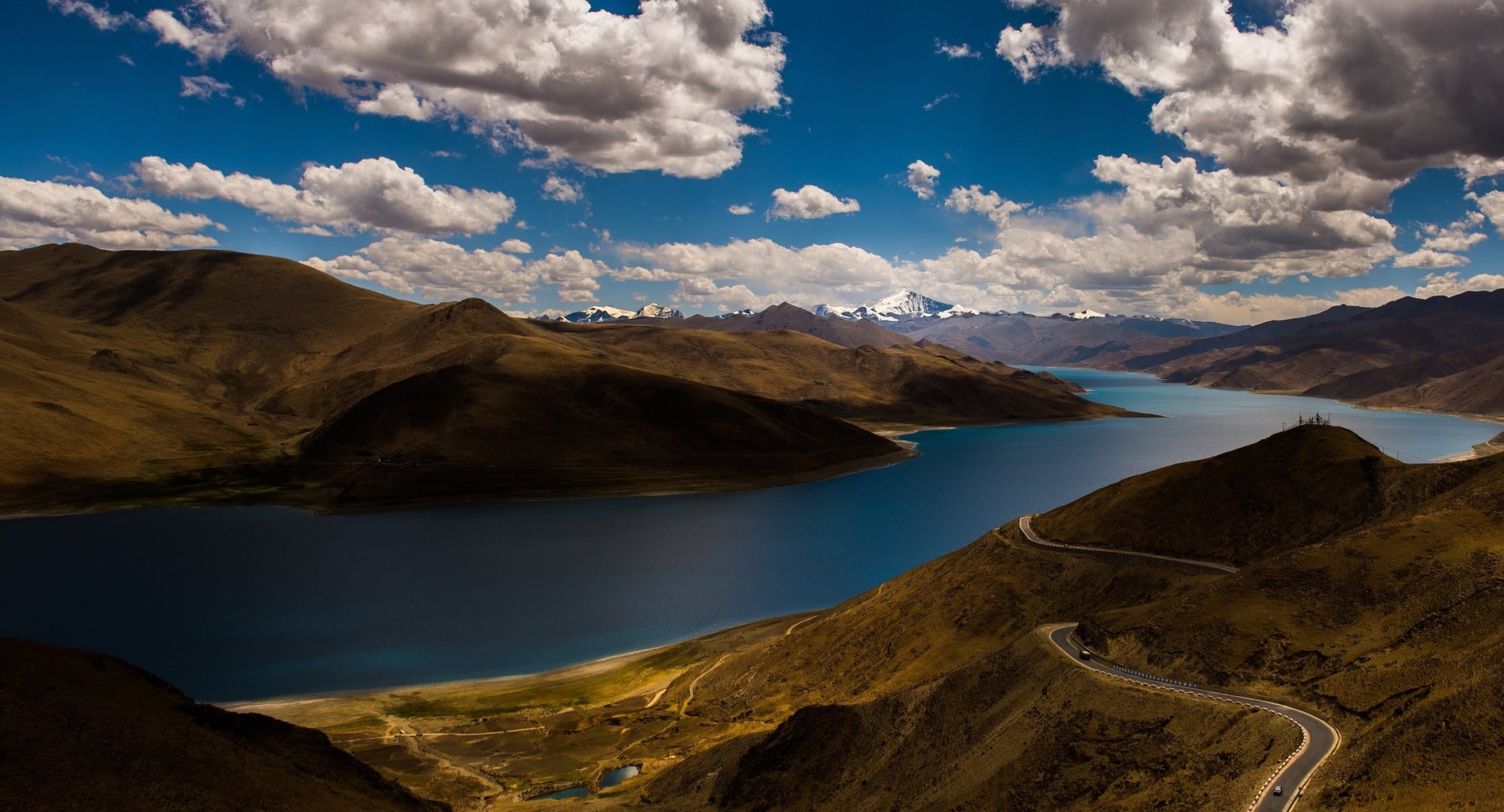
5. REFLEXES
If you have water nearby, from a river, a lake... don't miss the opportunity to photograph its reflections. The symmetry that is achieved is usually very attractive, although make sure that it is not a perfect symmetry because then you can fall doubly into boredom for the viewer.
The reflections are best achieved when the water is not very illuminated and the subject to be reflected is. If you want the reflection to be clear, photograph it when the water is calmer. A polarizing filter and a wide angle lens will help you. Use small apertures (high f/number) and change angles if you can't see the reflection well.
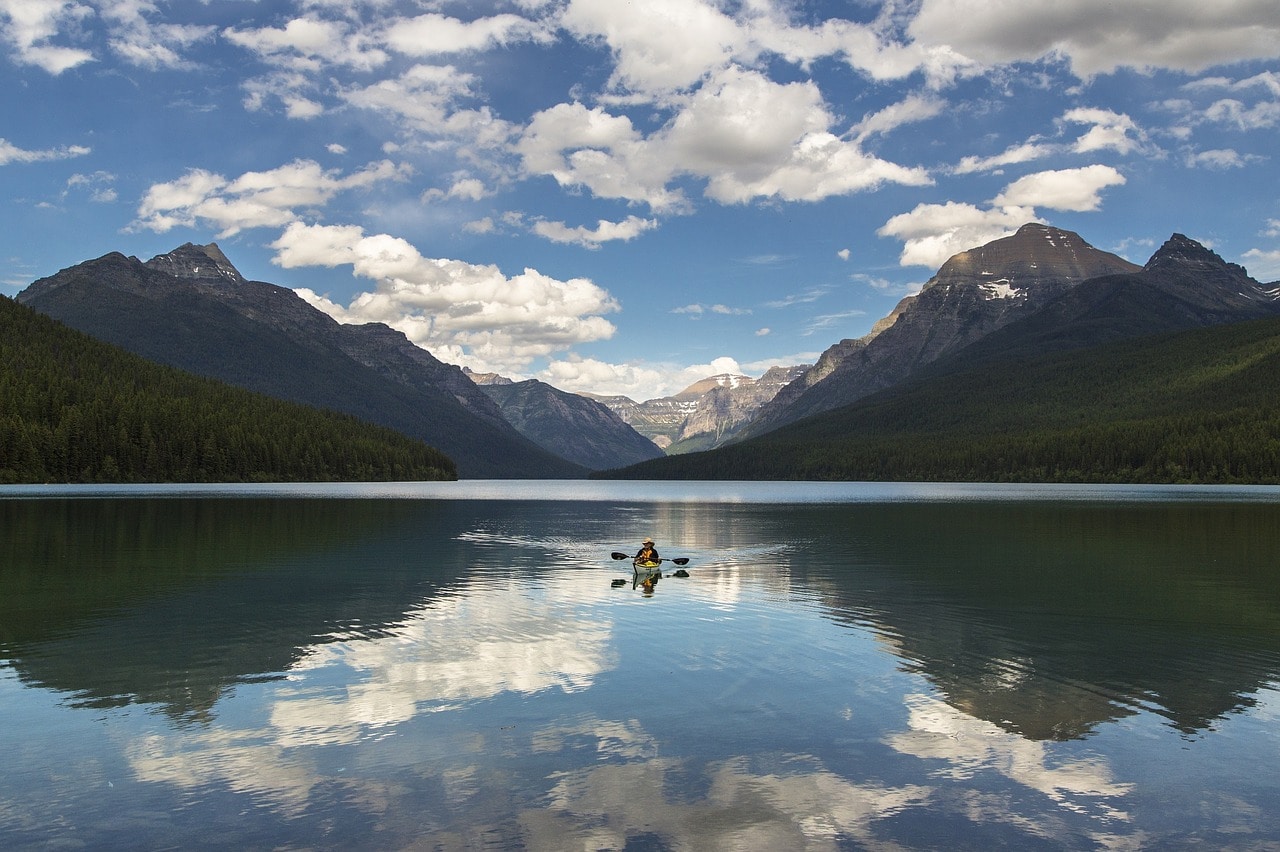
6. LIGHT
Light is the most important element in a photograph. Learning to handle light is like having the master key, a magic wand.
Summarizing a lot, here are some keys:
- Use the evening light from the side to bring out shadows and highlight details on winding slopes, cliffs...
- You can also play with it to create contrast and drama.
- Remember that cloudy days flatten the light, if you want a calm, relaxing landscape it may be your ideal light.
- The harsh, zenithal light of midday drowns out the shadows, thus taking away detail from the mountains.
- The evening light will give you a beautiful golden color.
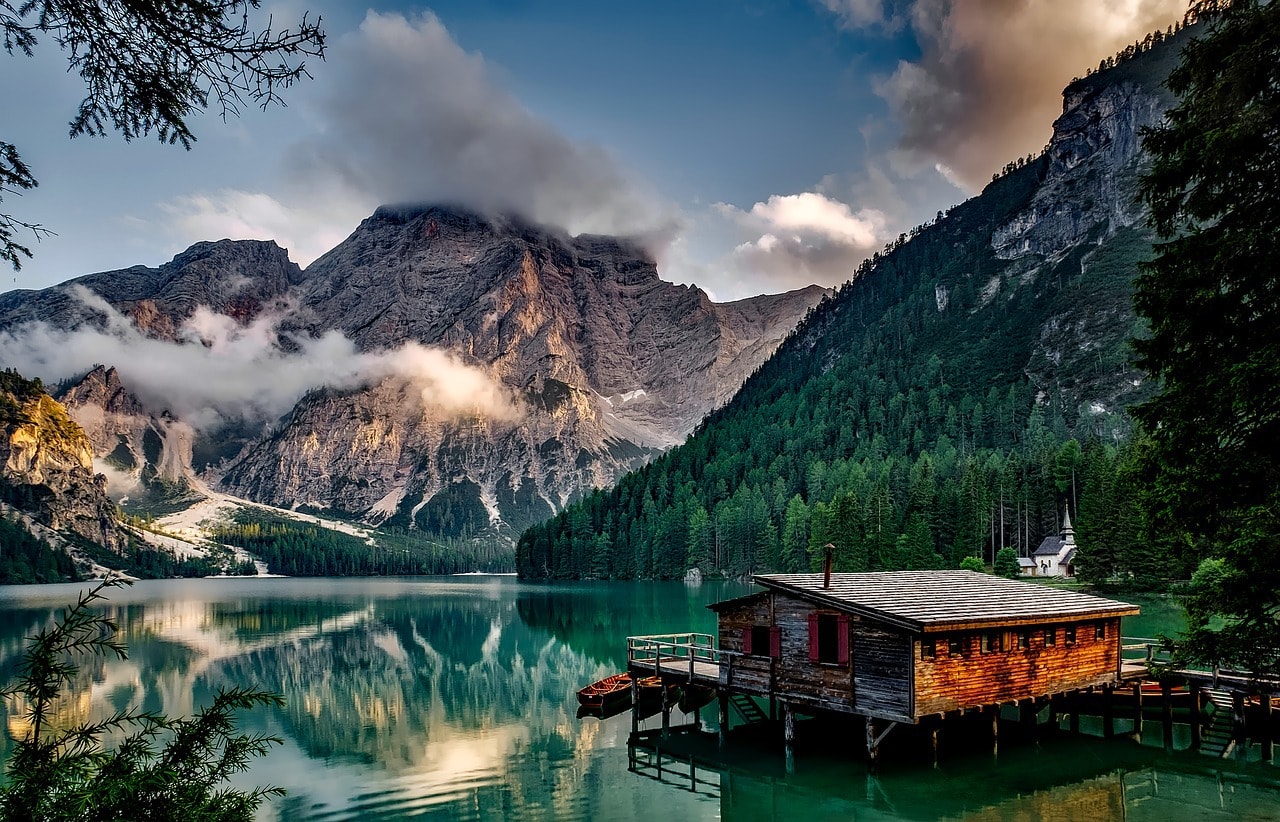
7. FOG
The photographs bathed in fog have an aura of mystery and even a certain dreamlike character. A misty mountain will almost always be more interesting than a clear rock. Don't let the fog stop you, rather the opposite, it must be your perfect excuse to go out with your camera.
If you have any questions about how to photograph foggy landscapes, take a look at this article .
8. BLACK AND WHITE
One way to add drama to an image, that is, to cause a greater impact, to be recorded on the retina and stay in the memory of whoever contemplates it, is black and white. Always? Of course not. Not all photographs look good in black and white, you have to know how to look. But don't panic, here are 12 Tricks for Capturing Stunning Black and White Landscapes or Tips for Better Black and White Photography .
And if you want to delve deeper into black and white, I recommend The Complete Guide to Black and White Photography , published by Photographer's Blog.
Here's an example of a stunning grayscale mountain photograph.
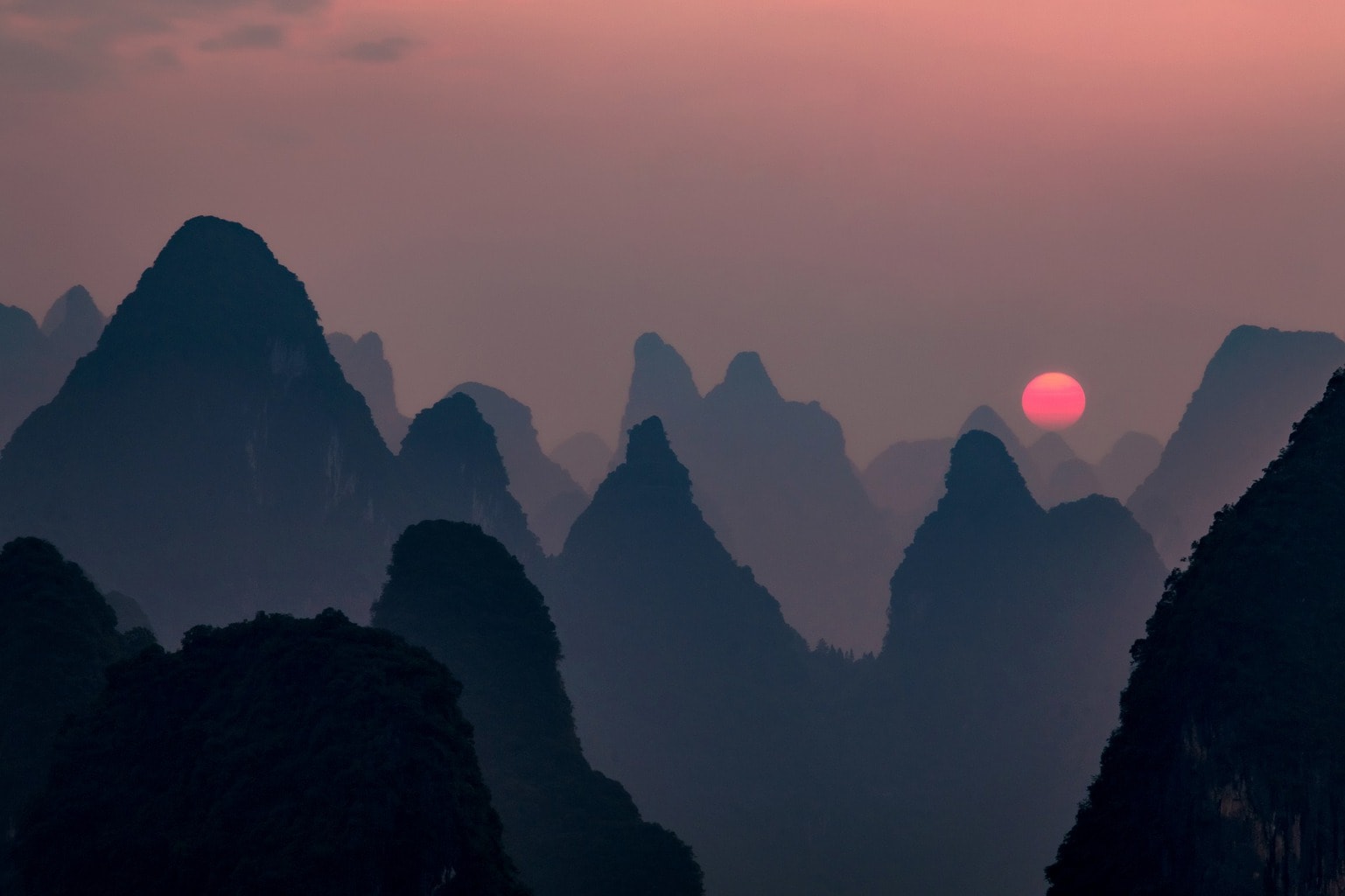
9. CLOUDS
If you plan to include a good part of the sky in the frame when photographing a mountain, try to do it on a day with many clouds. Clear skies can be very tempting to go for a walk, but in a photo they look too dull and boring. Avoid them ?
Notice that the examples above are all with clouds, see?
10. AERIAL PERSPECTIVE
Also known as atmospheric perspective, it is enhanced by environmental conditions such as fog or rain. If you manage to capture it, you will add a lot of depth to the scene and the viewer will have the feeling of being inside the landscape. A scene that is too flat, especially if it is a landscape (and mountainous) is more than likely to be very boring.
11. DEPTH
You can also gain depth by including elements in the foreground, so that your photograph is made up of a foreground, elements in a second, and a third plane with your mountains.
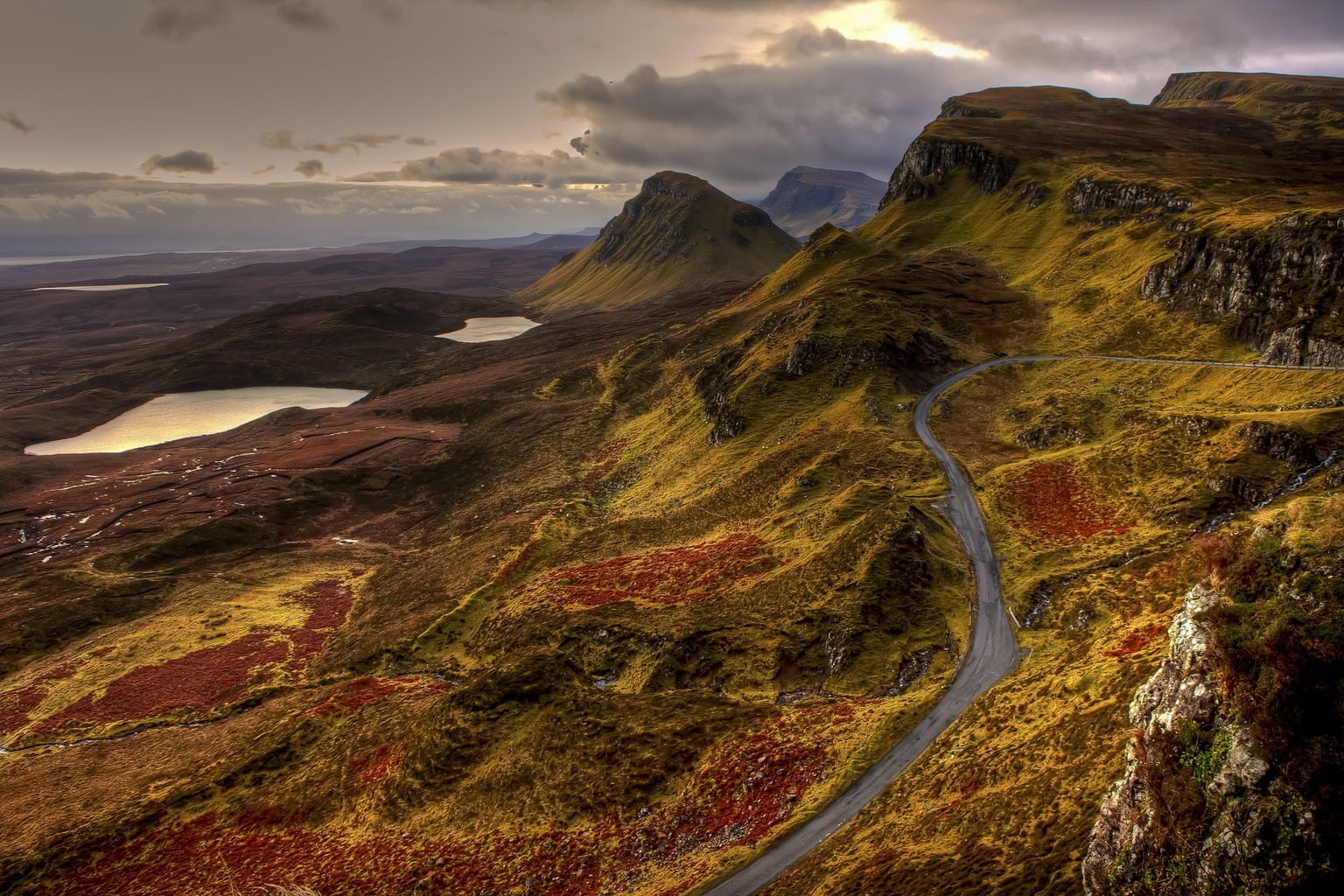
12.COLOR
Play with colour. This does not mean that you oversaturate the image, it will not be boring, but it does mean that it is so loud that it can hurt the eyes. This is a mistake that we make a lot at the beginning, try not to fall into it too. Use colors with elegance and intelligence. Bright unsaturated colors, sunset or sunrise colors... The important thing is that you know how to handle light well to achieve this purpose.
13. EMOTION
I have already told you almost at the beginning of the article that you can provoke one type of emotion or another simply by changing a descent for an ascent. You can also transmit sensations of calm and/or tranquility by including a person in an attitude of rest, or of nostalgia or melancholy with a low contrast, or playing with colors. The ultimate goal of photography is to move people and, even if it's hard to believe, you have that power with your camera.
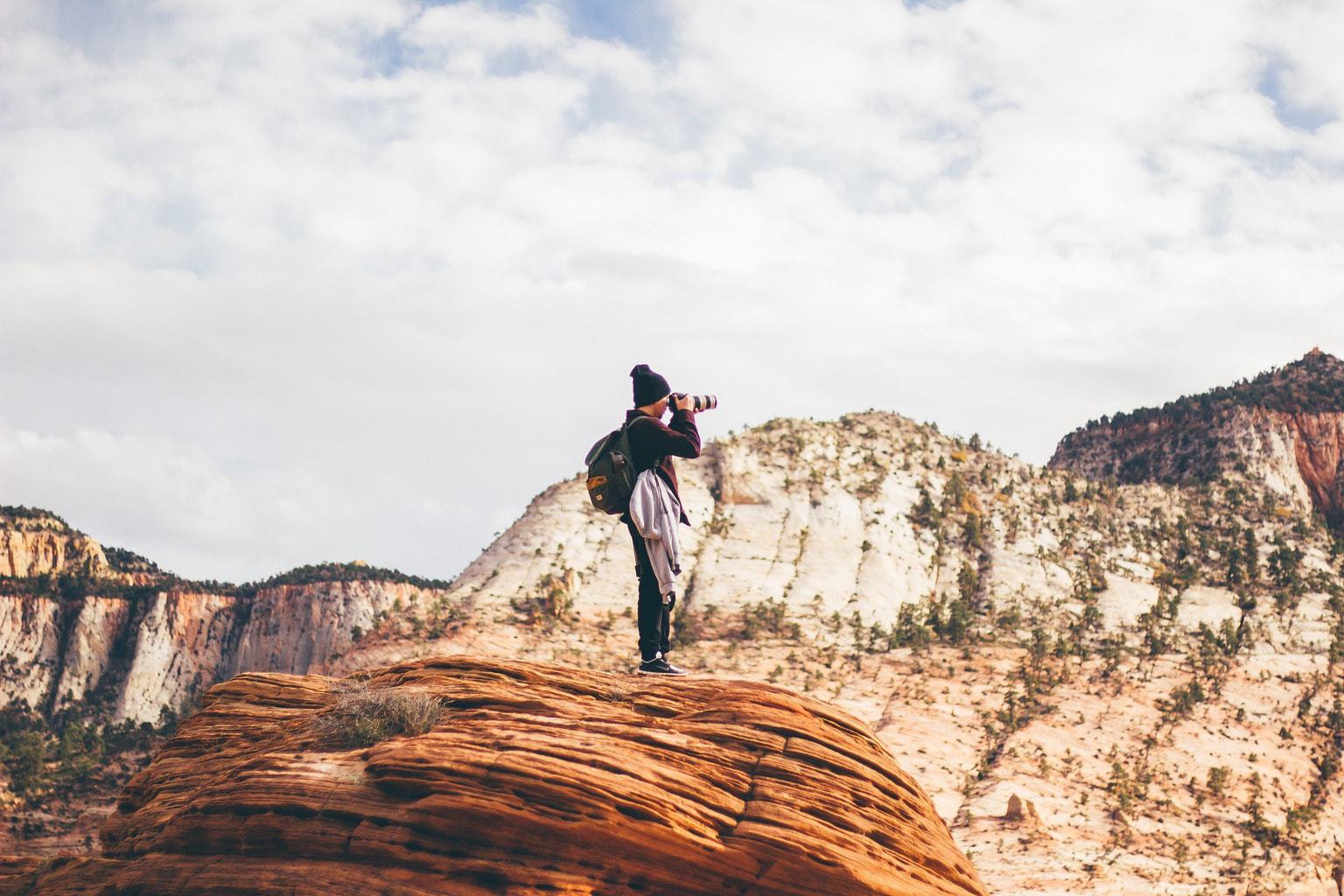
14. CONTRAST
There are different ways of introducing contrast into an image, either using light, colour, the contrasts of the landscape itself, of the sky or, as in the example image, contrasts related to the climate or meteorology. There is no doubt that a contrast like this adds attractiveness to the image. If you achieve a good contrast, your image will not go unnoticed and much less will it bore the staff.
15. PRACTICE
This is the best advice I'm going to give you, if you don't practice, if you don't go out with your camera to look for mountains, no matter how much you read this article or a hundred others, no matter how much you memorize them, if you only go out for a day to drink a photo I assure you that the result will be very disappointing. These tips will help you, but what will really help you will be putting them into practice.
Thanks for getting here. If you found it interesting, I would greatly appreciate it if you showed it with a "Like" and/or sharing it on your favorite social network. See you soon!

